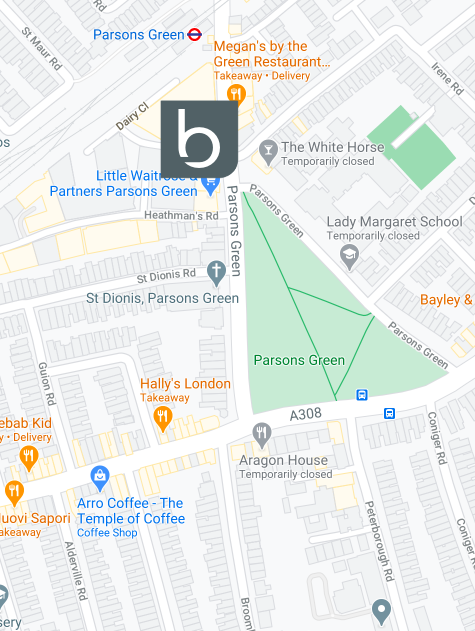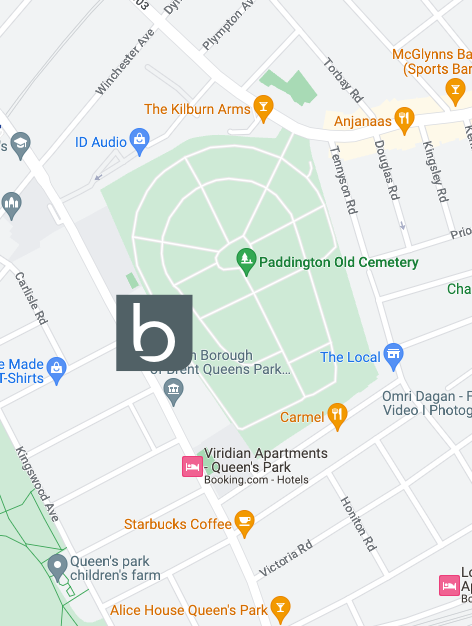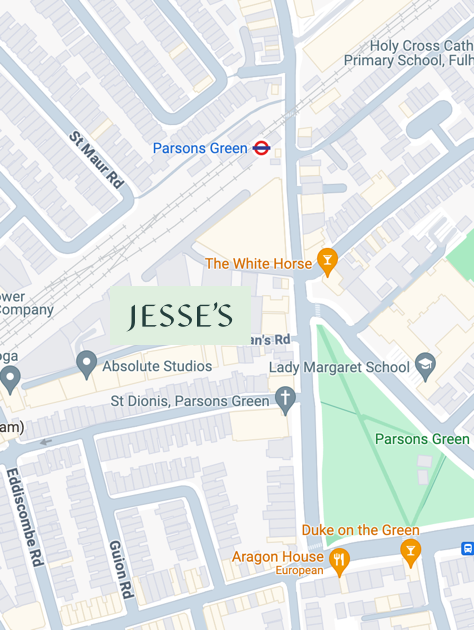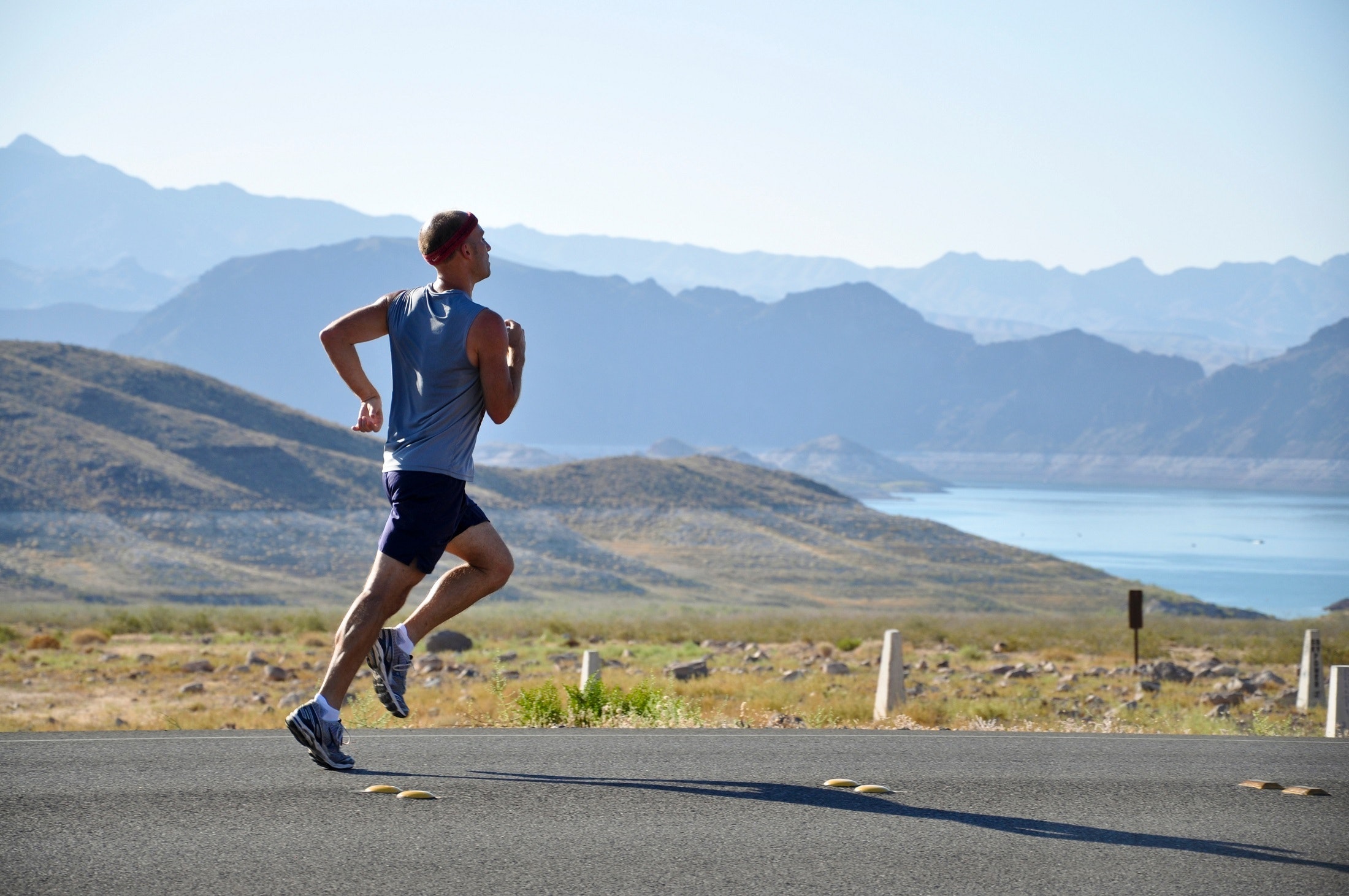
Close
Enquiry
Please see contact information below or complete the form and we will get in touch with you.

Parsons Green
3rd Floor Brigade House
8 Parsons Green
London
SW6 4TN

Queen's Park
2nd Floor
105-109 Salusbury Road
London
NW6 6RG

Jesse's House
8-10 Heathmans Road
Parsons Green
London
SW6 4TJ
How to choose the right running shoes

Beyond Health’s biomechanical podiatrist Mick Habgood explains why choosing the right running shoes is so important and shares tips on how to find your perfect pair
Running as a recreational sport is still in its relative infancy and is constantly evolving – an evolution that has been turbocharged by the fact we can all get real-time feedback from smartwatches and smartphones.
However, despite the range of data available, opinion is divided about running shoes with some advocating for lightweight shoes in line with the minimalist theory of ‘less is more’, while others believe firmly that a running shoe should provide plenty of cushioning and support.
Sportswear brands don’t make it easy for the consumer. Every year they bring out yet another generation of “innovative” running shoe to add to the overwhelming number of options that are out there.
Let’s not be too hasty with our criticism, though, because the creation of so many different types of shoe is, in part, due to the fact that each foot is made up of a complicated structure of 26 bones (almost a quarter of all the bones in the human body). This complexity and the resulting variety in foot type has resulted in three main category of running shoe being developed.
-
Cushioning Shoes
The shoes for feet that don’t roll in much. If drawn as a cartoon, this would be a foot with a very high arch. These shoes don’t have any additional support on the inside.
-
Structured Cushioning Shoes
These shoes have the same cushioning capabilities as the cushioning shoes but are more supported. In theory, these shoes are designed for the majority of runners who have a moderate amount of “pronation” or rolling in when running. These shoes have more dense material on the inside of the midsole to prevent the shoe from collapsing.
-
Motion Control Shoes
Big, bulky and ultra-supported shoes. They are designed for a heavy person with a big, flat foot. These shoes have very little to do with form and are more about function, designed to not breakdown when pressure is exerted by the wearer.
Choosing the right running shoes for you
So, there are three different types of running shoe and there are also variations in design according to which brand you try. For example, Brooks are typically based on a medium width foot (D for men/B in women), but they have quite a tall toe box which lends itself to fitting quite wide. Asics, on the other hand, are based on a wider foot (2E for men/D in women), but they have quite a shallow toe box which lends itself to fitting narrower feet.
With this in mind, these are my top tips for finding your perfect fit:
-
Wearing a shoe that best represents your foot type can be the first step to minimising unnecessary injuries.
Confirm which category of shoe you require by understanding your foot type, what happens to your foot when you run (this generally won’t change over time) and what your running style is. Seek expert advice if you need help with this – the runBeyond coaching we do at Beyond Health helps determine all of these things for our clients.
-
Find a shoe that flexes at the forefoot but is stiff in the arch.
This is important because it will allow the big toe to flex up, which in turn compresses all the joints behind it, thereby locking the foot and preparing it for propulsion. If the joint cannot bend sufficiently, it won’t pivot against the ground to allow efficient movement through the big toe joint and the body will simply find a way of moving around the joint itself. This is where injury can start.
-
Take the time to shop around and let the shoe pick you.
It doesn’t matter how good the shoe is meant to be, if it doesn’t fit the foot properly, it won’t be of much use. So going to the shops to try on a range of shoes is vital. Your runners must be comfortable. Width, lacing and weight are all important factors. Don’t just order shoes online and hope for the best!
-
There’s no point in changing your shoe each year for the sake of it.
Once you’ve found your match, stick with it.
Barefoot running
While some take minimalist theory to the extreme and argue that running barefoot is the way to go, the fact is 99% of us need to wear some sort of shoe when running. Why? Because we have become accustomed to it. We no longer have hardened skin on the under surfaces of our feet from years of adaptation to being barefoot.
Having said that, minimalism in footwear is an incredibly valid approach. If you are keen to work towards barefoot running, you’ll likely not have the intrinsic strength to do so straight away, but you can change your shoes regularly, going for lighter and lighter models to gradually move you in that direction.
Do I need orthotics?
Even though I’m a podiatrist, I’m never going to be an orthotic evangelist. Orthotics are shoe inserts that support the feet and improve feet posture, and I fully believe in the use of them when required. However, I am also running coach and believe first and foremost in proper technique. I came to this conclusion some years ago when I experienced a defining moment in my career.
This was during an appointment with a client for a running orthotic check-up. The client was running symptom free following an injury, however when I saw him running my concern was no longer if he would get injured again, but when. His running style had a heavy, definitive heel strike. His strides were long and almost bunny-like between each step.
‘Even though he was ‘supported’ by the orthotics, I knew that without making changes to his running style we would always be playing catch-up, rather than preventing injury in the first place.’
See Mick Habgood for a biomechanical podiatry assessment by contacting Beyond Health here.

